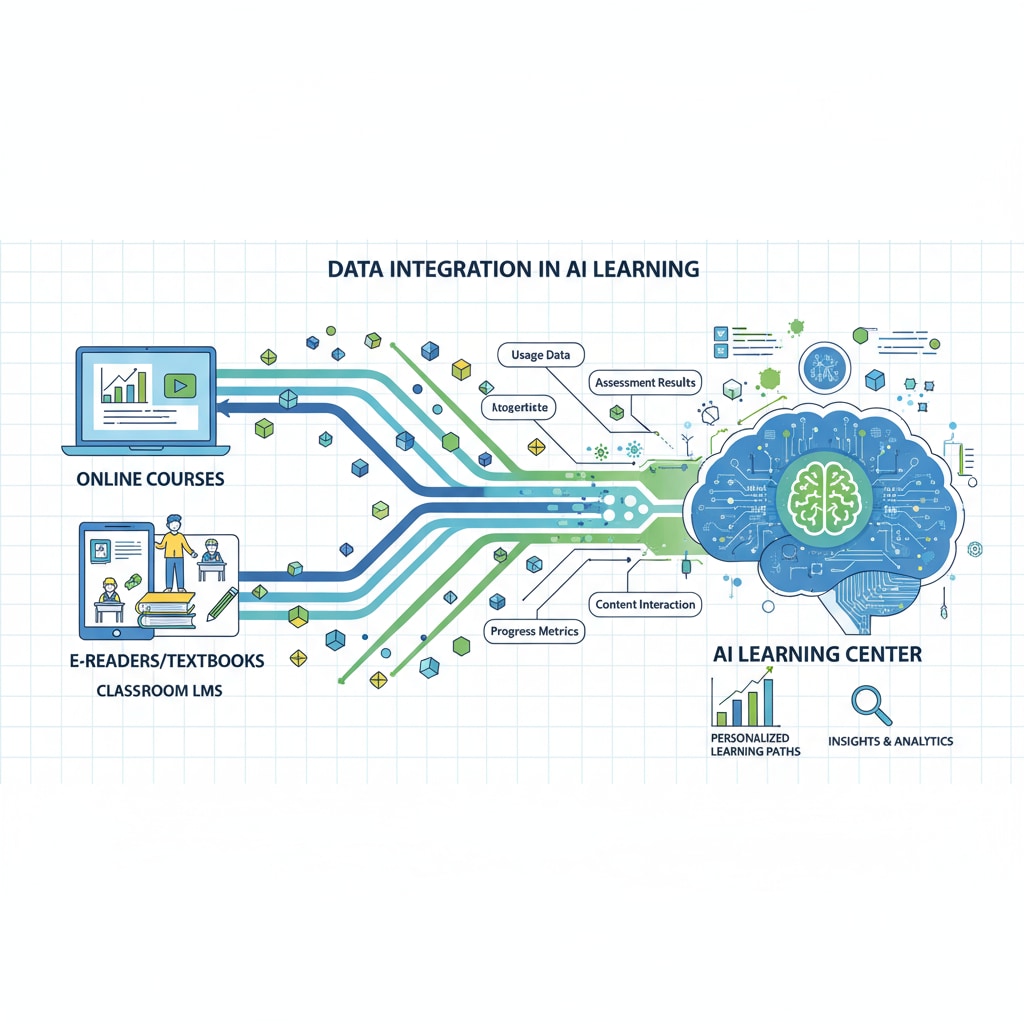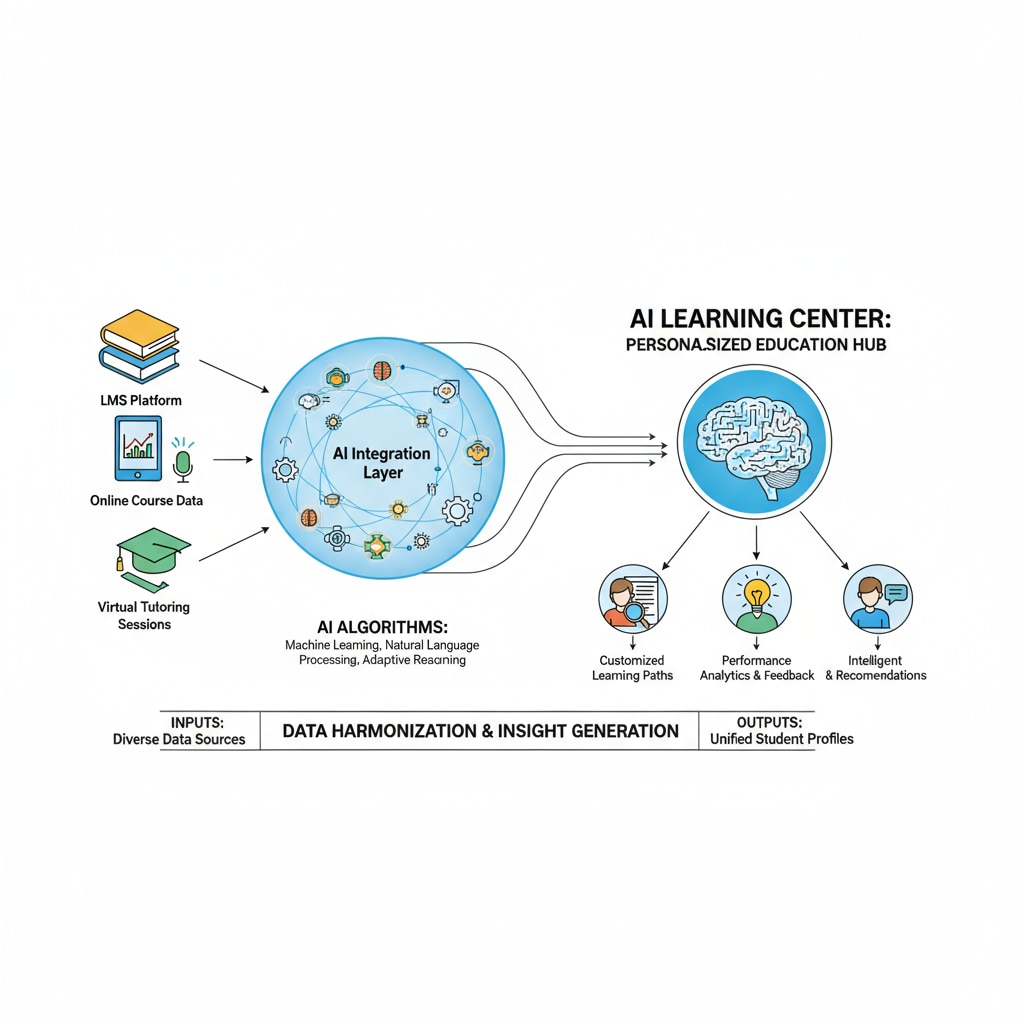The AI Learning Center, with its promise of data integration and enhanced teacher efficiency, is revolutionizing K12 education. In today’s digital age, K12 education is fraught with challenges, chief among them being the fragmentation of data across various platforms. Teachers often find themselves overwhelmed with a multitude of tasks, leaving them with limited time to focus on individualized student instruction. This is where the concept of an AI Learning Center comes into play.

The Challenge of Data Silos in K12 Education
K12 education today is a complex ecosystem with numerous platforms. Learning management systems, assessment tools, and educational apps all generate valuable data about students. However, these data sources exist in isolation, creating what are known as data silos. For example, a student’s performance data from a math assessment app may not be easily accessible to their English teacher. As a result, educators lack a holistic view of their students’ learning progress, making it difficult to provide targeted support. According to ISTE’s Digital Age Learning Ecosystem Frameworks, this data fragmentation hinders the ability to make informed instructional decisions.
The Role of AI in Data Integration
AI serves as the linchpin in integrating data from these disparate sources. Machine learning algorithms can analyze and categorize data from various platforms, identifying patterns and correlations. For instance, an AI system can combine a student’s homework completion data with their test scores to provide a more complete picture of their understanding. By leveraging natural language processing, it can also interpret qualitative data, such as teacher comments or student reflections. As per NSF’s research on AI in education, AI – driven data integration can transform how educators perceive and address student needs.

The AI Learning Center can then use this integrated data to generate real – time, comprehensive student learning analytics. These analytics provide teachers with insights into each student’s strengths, weaknesses, and learning styles. For example, if a student is consistently struggling with a particular math concept, the analytics can flag this, allowing the teacher to intervene promptly. This not only improves student performance but also significantly enhances teacher efficiency, as educators no longer have to spend hours sifting through multiple data sources.
Readability guidance: In this article, we have explored the challenges of data silos in K12 education and how AI – driven data integration in an AI Learning Center can enhance teacher efficiency. By presenting clear examples and referring to external research, we have made the concepts accessible. Short paragraphs and the use of transition words like ‘however’, ‘for example’, and ‘as a result’ have been employed to improve readability.


